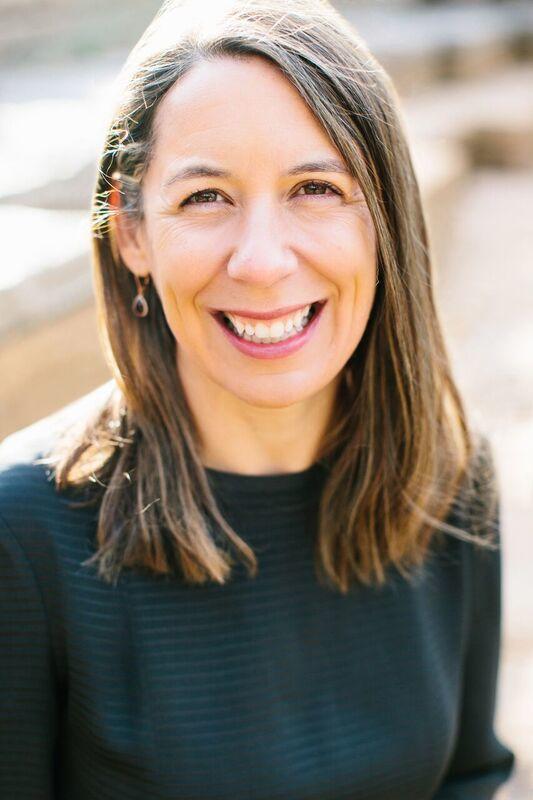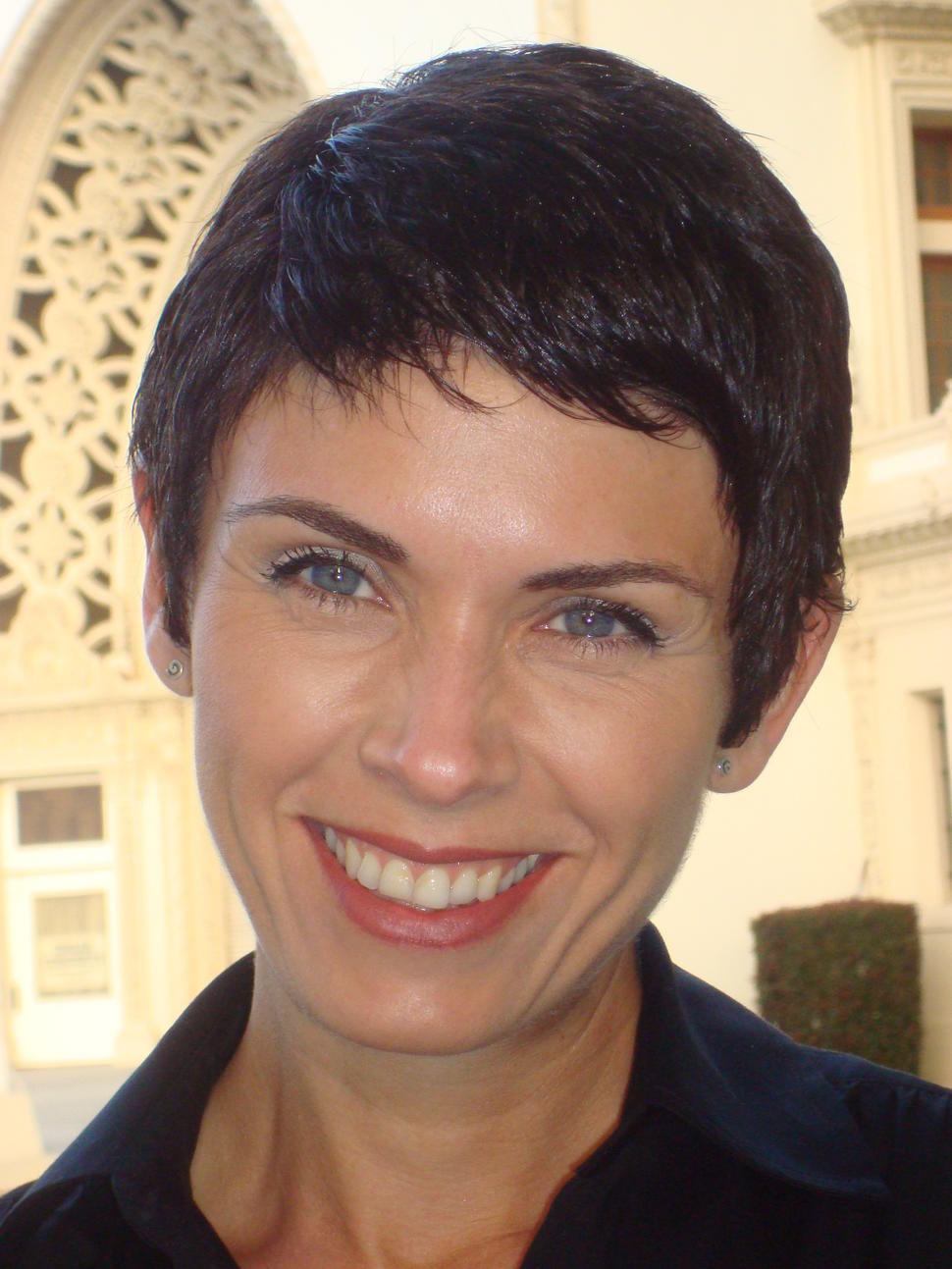National Minority Health Month Spotlight: Drs. Elva Arredondo and Gloria Coronado — A Chance Introduction Leads to Friendship, Mutual Admiration, and Research Collaboration
, by CRCHD Staff
In recognition of National Minority Health Month, we at the NCI Center to Reduce Cancer Health Disparities (CRCHD) are recognizing CRCHD scholars on the Center's blog, Dialogue on Disparities. In this blog post, we interview Elva M. Arredondo, PhD, and Gloria D. Coronado, PhD, who met through CRCHD as early stage investigators and became friends and ultimately research collaborators. Dr. Arredondo is Professor of Psychology at San Diego State University (SDSU). Dr. Coronado is Distinguished Investigator and Mitch Greenlick Endowed Scientist in Health Disparities Research at Kaiser Permanente Center for Health Research and is a member of NCI’s Board of Scientific Advisors.
We understand that you were introduced to each other through involvement with CRCHD – can you share with us how that came about?
EA: CRCHD Deputy Director Dr. Nelson Aguila was my Program Director for my F31 and introduced me to Dr. Coronado soon after I received my PhD.
GC: I met Dr. Arredondo when I was working at the Fred Hutchinson Cancer Research Center. As an early stage investigator, I served as a Co-Investigator and Project Lead on a CRCHD Comprehensive Partnership to Advance Cancer Health Equity (CPACHE U54) program grant between Fred Hutch and New Mexico State University. Dr. Aguila was the Program Director on this CRCHD program and suggested that I meet Elva. I met Elva for the first time when I attended a meeting in San Diego. We were fast friends.
...The connections that early stage investigators make may not lead into collaborations right away but may turn into meaningful ones in later years. —Dr. Arredondo
Since that introduction, you have collaborated in your research. Can you describe why this collaboration works so well and describe some of the grants and research you have worked on together?
GC: When we met, we were both early stage investigators, so we did not find immediate opportunities to collaborate.
For several years we lost contact, I changed institutions and transitioned my research to focus more on the intersection of health disparities and delivery system science.
Several years later, we reconnected with a desire to collaborate. Elva invited me to give an invited presentation at SDSU. There, we discussed possible ideas finding the overlap between her community-based research in colorectal cancer prevention with my clinic-based research on the same topic. So far, we have submitted two grant applications, including a P50 application that will allow us to advance our telehealth-related cancer care research and train the next generation of diverse scientists. We are hopeful that this will get funded.
I think the reason that our collaboration works so well is that we can relate to the challenges that we each face and we are 100% committed to each other’s success. In addition, I have endless admiration for Elva’s authenticity and how she is able to stay cool under pressure.
EA: Our collaboration works well given our research interests and complementary skills sets in behavioral science, epidemiology, health disparities, community-based research, and implementation science. For me, it’s been really rewarding and a lot of fun! So, the connections that early stage investigators make may not lead into collaborations right away but may turn into meaningful ones in later years.
I think the reason that our collaboration works so well is that we can relate to the challenges that we each face and we are 100% committed to each other’s success. —Dr. Coronado
Can each of you articulate one or more aspects of the other’s research or career that you admire?
EA: Gloria is an extraordinary scientist and mentor! She is true to her values and inspires others to bring their “A” game. Given her background and values, she’s sensitive to the needs of the communities she serves and committed to advancing the cancer research agenda. I have learned so much from my work with Gloria, and I’ve had a lot of fun in the process!
GC: As a scientist, Elva has stayed true to her values. She possesses a strong dedication to her work and has been a mentor to dozens of underrepresented students. She finds time to advocate for people and ideas she believes in, all while being a mother to three young girls.
You have both demonstrated a long-standing commitment to eliminating cancer disparities and advancing health equity. This is evidenced by your NIH/NCI support — including from CRCHD programs such as the Community Network Program (CNP), Partnerships to Advance Cancer Health Equity (PACHE), and the Continuing Umbrella of Research Experiences (CURE) — and the research you have produced. What drives your commitment to cancer disparities research?
EA: My research has been driven, in large part, by a social justice agenda. We know that diverse communities have less access to resources to prevent cancer. My team and I have developed multilevel programs that address cancer screening, healthy eating, and physical activity among communities that don’t have access to health services/programs and those who are most marginalized. With the support from CRCHD, we have been able to deliver cancer prevention programs to diverse communities while also training students who come from these communities.
On a personal level, my family has been directly impacted by cancer, so I empathize with the challenges patients and families encounter in the continuum of cancer care, including financial toxicity and other factors that impact adequate care and treatment.
GC: I am the daughter of immigrant parents. My dad had a fourth-grade education and in his early life worked as a farmworker. Because of this, I have always been interested in figuring out how to make what we do in ivory towers relevant to people like him. For much of his life, my dad did not have health insurance or the luxury of a regular doctor. I helped my dad navigate the cancer care system in the year leading up to his death in 2011, and I became convinced that more needs to be done to ensure that others like him can receive high-quality cancer care. My research team has focused on developing educational videos, wordless instructions for completing colorectal cancer screening stool tests, and other materials for Spanish-speaking and low-literacy populations.
For much of his life, my dad did not have health insurance or the luxury of a regular doctor. I helped my dad navigate the cancer care system in the year leading up to his death in 2011, and I became convinced that more needs to be done to ensure that others like him can receive high-quality cancer care. —Dr. Coronado
What is the most important advice you would give to young Latinas who aspire to succeed in academic research?
EA: Promoting one’s work may be a hard space to be for many young investigators, but in particular young Latinas. It’s an important skill to have in one’s career, so seeking good role models who can support young Latinas to do this and who do it well. This is still hard for me to do but something that I think is important. Also, academic research is challenging, but dynamic and rewarding, so I would advise young Latinas to spend their energy with colleagues, mentors, and sponsors who challenge and inspire them.
GC: At the beginning part of my career, I struggled to feel a sense of belonging in the research institutions where I worked. I had few colleagues or mentors who could relate to my experience or understand the source of my research passions. I was also raised working class and at first struggled to find meaning in the intellectual outputs of research. Because of this, I often tell young Latinx researchers that science needs their thinking and their voice.
Being kind and respectful are key characteristics of excellent mentors. When mentees trust that the mentor is looking after their best interests, mentees are more invested in the process and likely to go to the mentor when they experience challenges, whether personal or professional. —Dr. Arredondo
You are both known to be excellent mentors. What are essential characteristics of a mentor to attract minority students and lead them to success?
EA: Being kind and respectful are key characteristics of excellent mentors. When mentees trust that the mentor is looking after their best interests, mentees are more invested in the process and likely to go to the mentor when they experience challenges, whether personal or professional.
GC: As a mentor, I think it is important to know that you don’t have to have all the answers and should not be the only source of advice for your mentees.
As we look forward, how do you envision cancer disparities research evolving?
EA: In recent years, there has been an increased awareness in translating research into practice, so we’ve seen an emphasis on making evidence-based programs accessible to the communities we serve. Our team has been translating an evidence-based program developed in a faith-based setting into practice. Identifying funding sources that can sustain these kinds of community health programs is one of the challenges that many behavioral scientists face and one that we still are trying to figure out. In addition, there has been more awareness of communities that have been left behind in research, like rural Latinos, so I see that there is a need and opportunity to better reach them. Hoping that the P50 will allow us to do that.
GC: I observe that health disparities research has expanded exponentially over the past several years, partly because the COVID-19 pandemic laid bare disparities that had been previously overlooked. The scientific community has become more aware of the need to address inequities in cancer-related outcomes. I have always believed that you can align health equity goals with business goals, so that the right thing to do (from a social perspective) is the smart thing to do (from a business perspective). This can be done by designing resource-efficient programs. For example, my team is using a data-driven model to identify patients with a low probability of obtaining a follow-up colonoscopy, so that additional patient supports can be offered to those patients. This and other research show that we can leverage powerful analytic tools and novel research methods to address inequities. In the coming years, we will increasingly turn to science to find new solutions to health inequities.
I have always believed that you can align health equity goals with business goals, so that the right thing to do (from a social perspective) is the smart thing to do (from a business perspective). —Dr. Coronado
Dr. Arredondo, what did it mean to you and your career to be part of the CURE program and to obtain your first independent award in the form of the F31 Predoctoral Fellowship?
EA: The F31 gave me an opportunity to familiarize myself to the NIH system, but also map out the following steps in my training. Although a bit intimidating, this experience helped me develop my proposal writing skills, which are really important in academia and research.
Dr. Coronado, you are a member of NCI’s Board of Scientific Advisors (BSA). What does it mean to you to be a part of, and to bring your cancer disparities expertise to, the BSA?
GC: Years ago, I participated in the National Hispana Leadership Institute, and a colleague I met in the program was a Latinx scientist who worked at NIH. At that point, I was early in my career and didn’t know whether I would make it as a scientist. I asked her for advice about how to have influence. She immediately said that I needed to get on a Board of Scientific Advisors, where I could help set the priorities of NIH institutes. I appreciated her advice, but never thought that I would be given such an opportunity. Serving in this role is a true honor.

